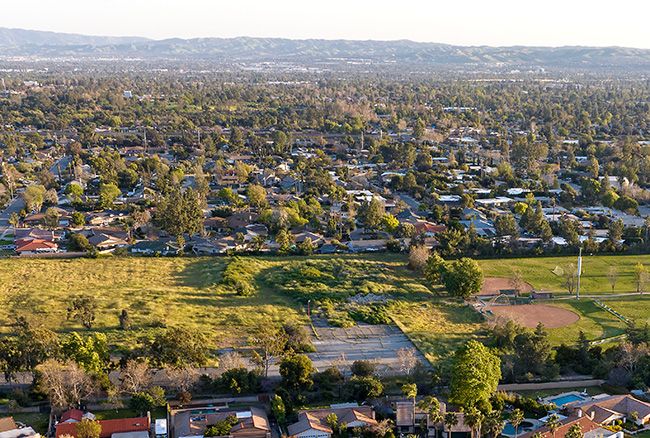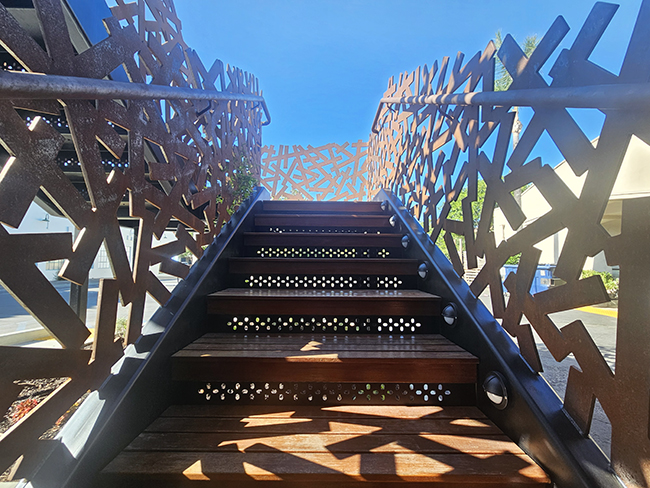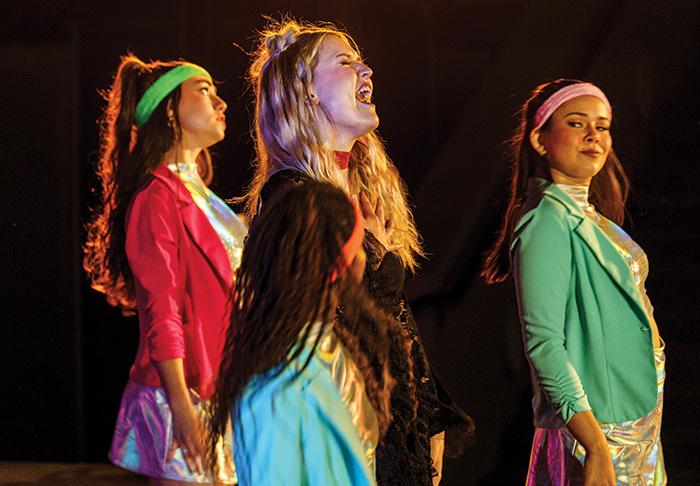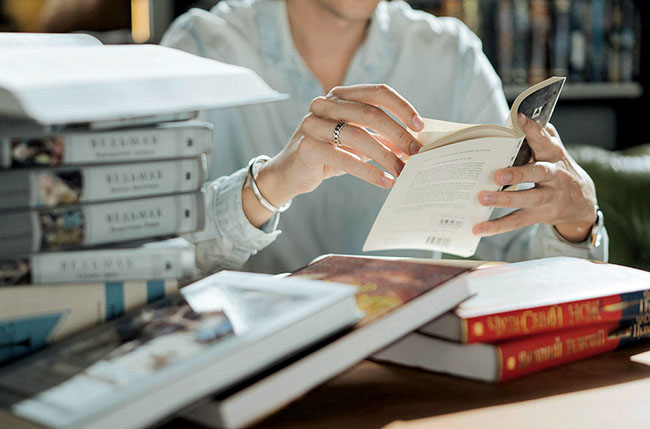Claremont LIVING: Return of Victory Gardens
by Steven Felschundneff | steven@claremont-courier.com
Over the course of the past few weeks, many comparisons have made between the current coronavirus stay-at-home situation and other times in our collective history, when we were asked to make sacrifices for the greater good. Some COURIER readers will no doubt recall food rationing during World War II, and how average citizens were encouraged to plant victory gardens as a way to supplement their own nutrition. The gardens also took pressure off the commercial food supply needed for the troops.
According to Wikipedia, by May 1943, there were 18 million victory gardens in the United States producing a third of the vegetables grown nationwide. Eleanor Roosevelt famously planted one at the White House. Not surprisingly, the idea of planting a victory garden today has been popping up in the news and on social media.
Here in suburban Claremont, many people plant 
Lisa Schlick has transformed the backyard of the small craftsman home she purchased in October 2018. She built container gardens, constructed a meandering brick pathway and put up an arbor, among other projects. She has done all of the work herself and describes it as a “labor of love.” Part of that renaissance included planting radishes, carrots, onions and herbs.
“My non-vegetable loving son helped me plant [the vegetable garden]. He now eats it all, even the arugula. I love the way things change every day. My morning ritual now includes a stroll through the garden with a cup of coffee. It’s a real treat to harvest a salad for dinner, or pluck a kumquat off the tree that ripened overnight,” Ms. Schlick said.
Claremonters Susan Lominska and Jack Mills have been gardening for a long time, but this year that has grown, so to speak.
“Jack and I always have a vegetable garden, but we have expanded it quite a bit this year after COVID-19,” Ms Lominska said.
This year just buying plants is different, with our local nursery, Armstrong Garden Center, only accepting online and phone orders. This is a difficult request to accept for most seasoned gardeners because selecting just the right plant is a time honored tradition. Still it’s a small sacrifice, and it creates a safer work environment for the employees.
“Buying plants is different when you may not be able to walk around the nursery. I have used Armstrong’s drive-up service, ordering by phone ahead of time, then they call you when it is ready for pick up and put it in the back of your car,” Ms Lominska said.
She walked out of the nursery at a large chain hardware store one recent sunny Saturday because it was too crowded, with people standing too close together for her personal comfort.
“The selection of plants available is less than usual, so we have planted a lot more seeds,” she said.
The couple is currently harvesting their winter garden including a nice selection of lettuces, which they use in various salads including taco salad. They have planted bell peppers and zucchini as well as two pots of herbs—cilantro, parsley, sage, oregano and rosemary. They are propagating carrots, eggplant, garlic and tomatoes from seeds. Like many Southern California homes that have been around awhile, theirs also has a selection of fruit trees.
The couple also planted Swiss chard, which is fitting because the victory gardens of the 1940s were responsible for making that vegetable part of the American diet.
Before the stay-at-home order from the governor, Ms. Lominska and Mr. Mills would share produce with the community through the sharing cart at Claremont United Church of Christ. Before the shutdown, the cart was out in front of the sanctuary on Sundays and people could leave or take homegrown food items. Now that the church is closed, the couple is using CUCC’s virtual sharing cart to exchange these items. They also work with community organizers to help stock the church’s blessing box, which offers free food and personal hygiene products to anyone in need.
“While it is always therapeutic for Jack and I to dig in the dirt and be outdoors, that time is even more important now, when we can be outdoors in our own yard and not wear PPE [personal protective equipment]. It is also even more important to be self sufficient for food. No carbon footprint to get food, and no risk of being around others. It takes our minds off the current situation,” Ms. Lominska said.
The idea of planting a victory garden may be a great way to pass the time at home, particularly as many among us have lost jobs and may be facing food insecurity.
Since it has been a cold and wet spring, there is still plenty of time to get that victory garden going. It doesn’t take a lot of room and even apartment dwellers can find container gardening very rewarding.
“It truly is the silver lining. Time to plant and time to enjoy, seeing the garden change every day is a joy, especially when everything else in life is stagnant,” Ms. Schlick said.
So, in the spirit of our ancestors, get out that shovel, turn some soil and get those plants growing. And if you like, you can even make a sign declaring your own personal victory over the stay-at-home blues, and that nasty virus forcing us to shelter in place.
More gardening tips inside Claremont LIVING special section










0 Comments